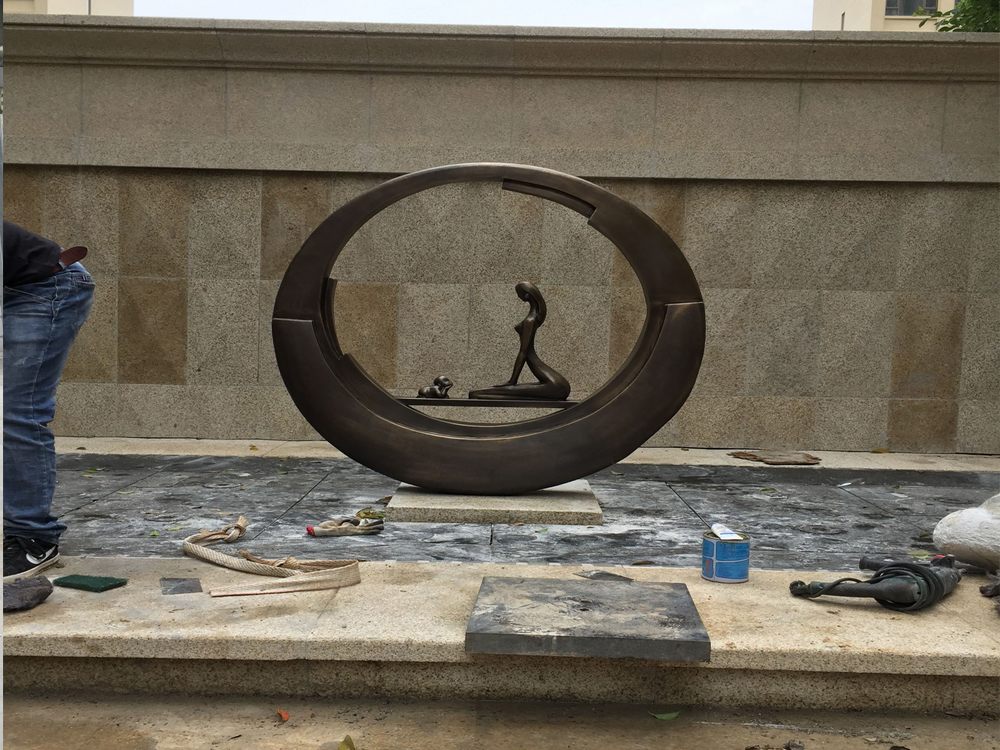
Artists masterfully manipulate light absorption to craft breathtaking contrasts in metal sculptures, transforming rigid materials into dynamic visual experiences. By strategically polishing certain areas while leaving others textured or oxidized, sculptors control how light interacts with the surface. Highly reflective sections bounce light aggressively, while matte or darkened portions absorb illumination, creating dramatic tonal variations that enhance three-dimensionality.
The process often begins with careful material selection - bronze, steel, and aluminum each absorb and reflect light differently. Through techniques like acid patination, flame coloring, or controlled rusting, artists create light-absorbing surfaces that contrast sharply with polished highlights. Some sculptors employ directional lighting during creation, studying how angles affect shadows across irregular metal surfaces.
Modern artists push boundaries by incorporating translucent elements or perforated designs that filter light in unexpected ways. The interplay between absorbed and reflected light not only defines form but also imbues metal sculptures with emotional resonance - harsh contrasts may suggest tension, while gradual transitions evoke harmony. This sophisticated light manipulation turns cold metal into warm, living art that changes character throughout the day as lighting conditions evolve.
By understanding light physics and material science, sculptors elevate their work beyond static objects into ever-changing dialogues between artwork, environment, and viewer. The intentional "light choreography" in metal sculptures demonstrates how technical mastery and artistic vision merge to create unforgettable pieces.

